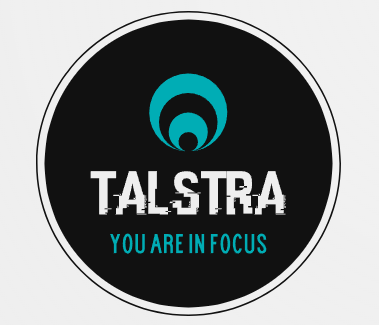Advanced C# Tutorial: Introduction to Delegates and Events
Objective
The next part of our tutorial will introduce you to delegates and events in C#. You will expand the console application created in the previous part to incorporate these concepts, allowing for a deeper understanding of event-driven programming in C#.
Prerequisites
- Completion of the previous part where you set up a basic C# console application.
- Familiarity with basic C# concepts such as classes, methods, and interfaces.
Part 2: Integrating Delegates and Events
Step 1: Introduce Delegates
Delegates are types that represent references to methods with a particular parameter list and return type. They are used to pass methods as arguments to other methods and are especially useful for implementing event handling.
- Define a Delegate:
- In your
Programclass, define a delegate that takes a string as an input and returns void. This delegate will be used to display messages.
- In your
csharpCopy codepublic delegate void DisplayMessage(string message);
- Create a Method that Matches the Delegate Signature:
- Add a static method in your
Programclass that conforms to theDisplayMessagedelegate.
- Add a static method in your
csharpCopy codestatic void ShowMessage(string message)
{
Console.WriteLine(message);
}
Step 2: Understanding and Implementing Events
Events in C# are a way to make a class able to notify other classes when something happens. They are based on the delegate model.
- Define an Event:
- Add an event of your delegate type in the
Programclass. This event is triggered when a user enters their name.
- Add an event of your delegate type in the
csharpCopy codepublic static event DisplayMessage UserLoggedIn;
- Trigger the Event:
- Modify the
Mainmethod to trigger the event when the user enters their name.
- Modify the
csharpCopy codestatic void Main(string[] args)
{
Console.WriteLine("Enter your name: ");
string name = Console.ReadLine();
UserLoggedIn?.Invoke($"Hello, {name}!");
}
- Subscribe to the Event:
- In the
Mainmethod, before asking for the user’s name, subscribe theShowMessagemethod to theUserLoggedInevent.
- In the
csharpCopy codeUserLoggedIn += ShowMessage;
Step 3: Run and Test Your Application
- Run Your Program:
- Compile and run your program. Enter your name when prompted and observe that the
ShowMessagemethod is called when theUserLoggedInevent is triggered, displaying the personalized greeting.
- Compile and run your program. Enter your name when prompted and observe that the
- Understanding the Flow:
- The program asks for the user’s name.
- Upon entering the name, the
UserLoggedInevent is triggered. - The
ShowMessagemethod subscribed to this event is called and executes, displaying the message.
Assignment: Enhancing the Application with Additional Events
Now that you have a basic understanding of delegates and events, your task is to enhance the application by adding additional functionality:
- Implement a Goodbye Event:
- Define a new delegate and event for saying goodbye.
- Trigger this event when the application is about to close.
- Create Interactive Commands:
- Allow the user to type commands into the console, such as “exit” to close the application.
- Use events to handle these commands appropriately.
- Documentation:
- Document your code with comments explaining each part of the event and delegate implementation.
- Test Your Application:
- Ensure that all events are triggered and handled as expected.
This exercise will solidify your understanding of how delegates and events are used in C# to facilitate communication between different parts of an application. This pattern is particularly useful in designing responsive, user-interactive applications.



